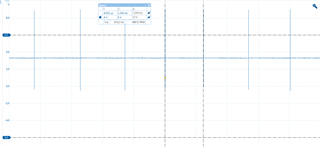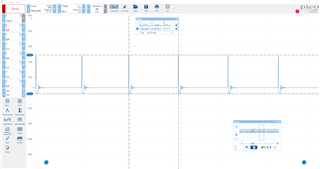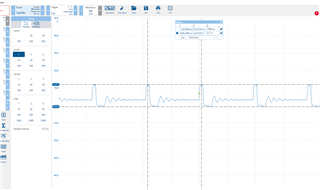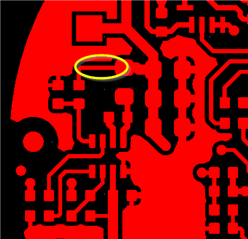Hi
I designed board with TPS62932 and measured efficiency does not meet datasheet's efficiency.
Schematic of tested board: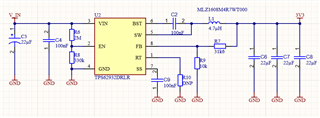
Power supply connected to V_IN
Programmable DC load connected to 3V3
The results: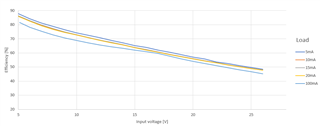
Datasheet efficiency:
So I expected to have efficiency at least 80% with load current above 10mA.
Do you have any idea why the efficiency is so low?
Best regards
Tomasz
-
Ask a related question
What is a related question?A related question is a question created from another question. When the related question is created, it will be automatically linked to the original question.




